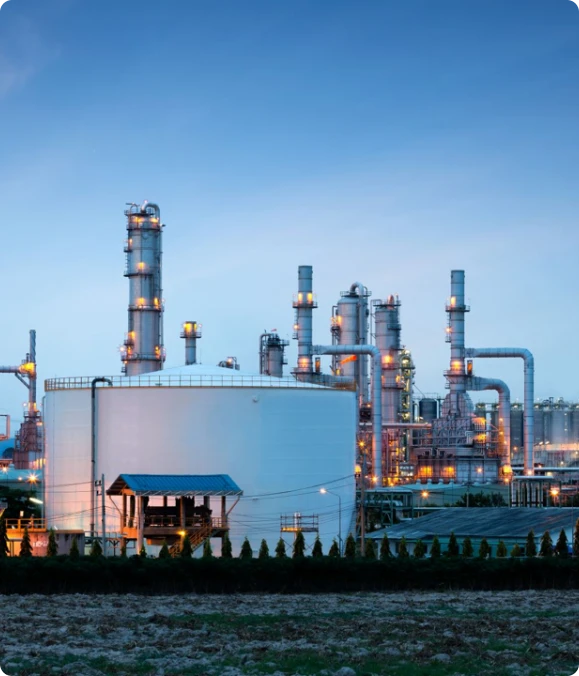

However, the benefits of 13Cr tubing extend beyond its physical attributes. Its adaptability to various well conditions is complemented by its cost-effective manufacturing compared to exotic alloys. In markets where both performance and cost-efficiency drive decision-making, 13Cr tubing surfaces as a balanced solution. Manufacturers of 13Cr tubing have refined their production methods, ensuring that the tubing maintains high quality while keeping production costs manageable, thus making it accessible to a broader spectrum of industry players. Another cornerstone of 13Cr tubing's appeal is the extensive body of research and field data supporting its efficacy. Decisions in the oil and gas sector are heavily data-driven, and 13Cr tubing has been subjected to numerous studies assessing its performance across different conditions. Its successful application in high-profile projects lends it a level of authority and trustworthiness that few materials can rival. Industry journals frequently feature case studies and analyses on the use of 13Cr tubing, reinforcing its status as a reliable choice for challenging extraction environments. Nevertheless, success with 13Cr tubing is contingent upon proper material handling and deployment. Oil and gas companies are advised to partner with experienced suppliers who exhibit a profound understanding of the material's intricacies. Tailoring the tubing to specific well conditions—considering factors like temperature, pressure, and specific corrosive elements—is crucial. Field engineers and material scientists should work collaboratively to evaluate well specifications and ensure that 13Cr tubing is the optimal choice. The significance of this collaboration underpins its trustworthiness, as it guarantees the tubing meets the requisite standards and expectations. In summary, 13Cr tubing presents itself as a pivotal component in the modern oil and gas industry's drive for efficiency, safety, and reliability. Its corrosion resistance, mechanical strength, cost-effectiveness, and extensive validation in the field render it an indispensable choice for contemporary operations. By investing in reliable partnerships and leveraging 13Cr tubing's proven capabilities, energy producers can forge a path towards more sustainable and efficient extraction processes. As the industry continues to evolve, materials like 13Cr tubing will undoubtedly play a critical role in meeting the world's growing energy demands while simultaneously bolstering operational resilience.
Post time: Feb . 12, 2025 13:27
















